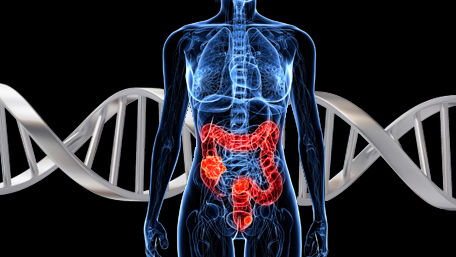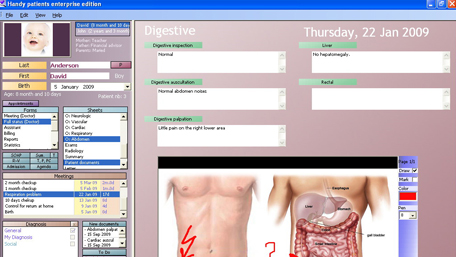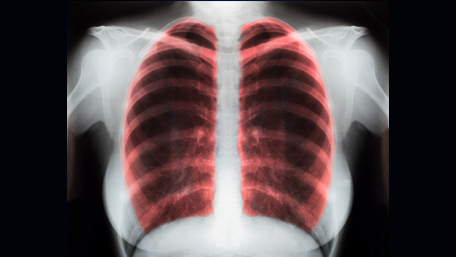
04/22/2020
Hot Topics of the Day are picked by experts to capture the latest information and publications on public health genomics and precision health for various diseases and health topics. Sources include published scientific literature, reviews, blogs and popular press articles.
Sign up MyPHGKB to receive the daily hot topic email alert.
Archived Hot Topics of the Day By Date
The Public Health Impact of COVID-19: Why Host Genomics?
MJ Khoury el al, CDC Blog, April 21, 2020

Coronavirus Disease 2019 (COVID-19) Treatment Guidelines
NIH, April 21, 2020

A New Resource for Genomics and Precision Health Information and Publications on the Investigation and Control of COVID-19 and other Coronaviruses
W Yu et al, BIORXIV, April 21, 2020
Expert U.S. panel develops NIH treatment guidelines for COVID-19- “Living document” expected to be updated often as new clinical data accrue.
NIH, April 21, 2020

Host, Viral, and Environmental Transcriptome Profiles of the Severe Acute Respiratory Syndrome Coronavirus 2 (SARS-CoV-2)
D Butler et al, BIORXIV, April 21, 2020
Ethnicity and COVID-19: an urgent public health research priority
M Pareek et al, The Lancet, April 21, 2020
Solving the mysteries of coronavirus with genetic fingerprints
M Baker et al, NY Times, April 22, 2020
Modeling projections for COVID-19 pandemic by combining epidemiological, statistical, and neural network approaches
S Uhlig et al, MEDRXIV, April 22, 2020
How many are at increased risk of severe COVID-19 disease? Rapid global, regional and national estimates for 2020
A Clark et al, MEDRXIV, April 22, 2020
Interleukin-6 blockade for severe COVID-19
M Roumier et al, MEDRXIV, APril 22, 2020
Estimates of COVID-19 case-fatality risk from individual-level data
S Bignami et al, MEDRXIV, April 22, 2020
Increased PCR screening capacity using a multi-replicate pooling scheme
A Viehweger et al, MEDRXIV, April 22, 2020
COVID-19 research has overall low methodological quality thus far: case in point for chloroquine/hydroxychloroquine
PE Alexander et al, J Clin Epi, April 21, 2020
FDA OKs First COVID-19 Test Kit With Home Collection Option
L Francki, Medscape, April 21, 2020
Primary Immunodeficiency (PI)
CDC, April 2020

Multiplexed Proteomic Analysis for Diagnosis and Screening of Five Primary Immunodeficiency Disorders From Dried Blood Spots.
Collins Christopher J et al. Frontiers in immunology 2020 11464
Investigating the Link between Lynch Syndrome and Breast Cancer.
Sheehan Megan et al. European journal of breast health 2020 Apr 16(2) 106-109
Ethical Use of Electronic Health Record Data and Artificial Intelligence: Recommendations of the Primary Care Informatics Working Group of the International Medical Informatics Association
ST Liaw et al, Yearb Med Inform, April 2020
Screening for chronic obstructive pulmonary disease with artificial intelligence
JE Bibault et al, Lancet Digital Health, April 21, 2020
Microbiome genomics for cancer prediction
L Adlung et al, Nature Cancer, April 2020
Self-reported COVID-19 symptoms on Twitter: An analysis and a research resource
A Sarkeer et al, MEDRXIV, April 22, 2020
Disclaimer: Articles listed in Hot Topics of the Day are selected by Public Health Genomics Branch to provide current awareness of the scientific literature and news. Inclusion in the update does not necessarily represent the views of the Centers for Disease Control and Prevention nor does it imply endorsement of the article's methods or findings. CDC and DHHS assume no responsibility for the factual accuracy of the items presented. The selection, omission, or content of items does not imply any endorsement or other position taken by CDC or DHHS. Opinion, findings and conclusions expressed by the original authors of items included in the Clips, or persons quoted therein, are strictly their own and are in no way meant to represent the opinion or views of CDC or DHHS. References to publications, news sources, and non-CDC Websites are provided solely for informational purposes and do not imply endorsement by CDC or DHHS.
- Page last reviewed:Feb 1, 2024
- Page last updated:May 18, 2024
- Content source:








